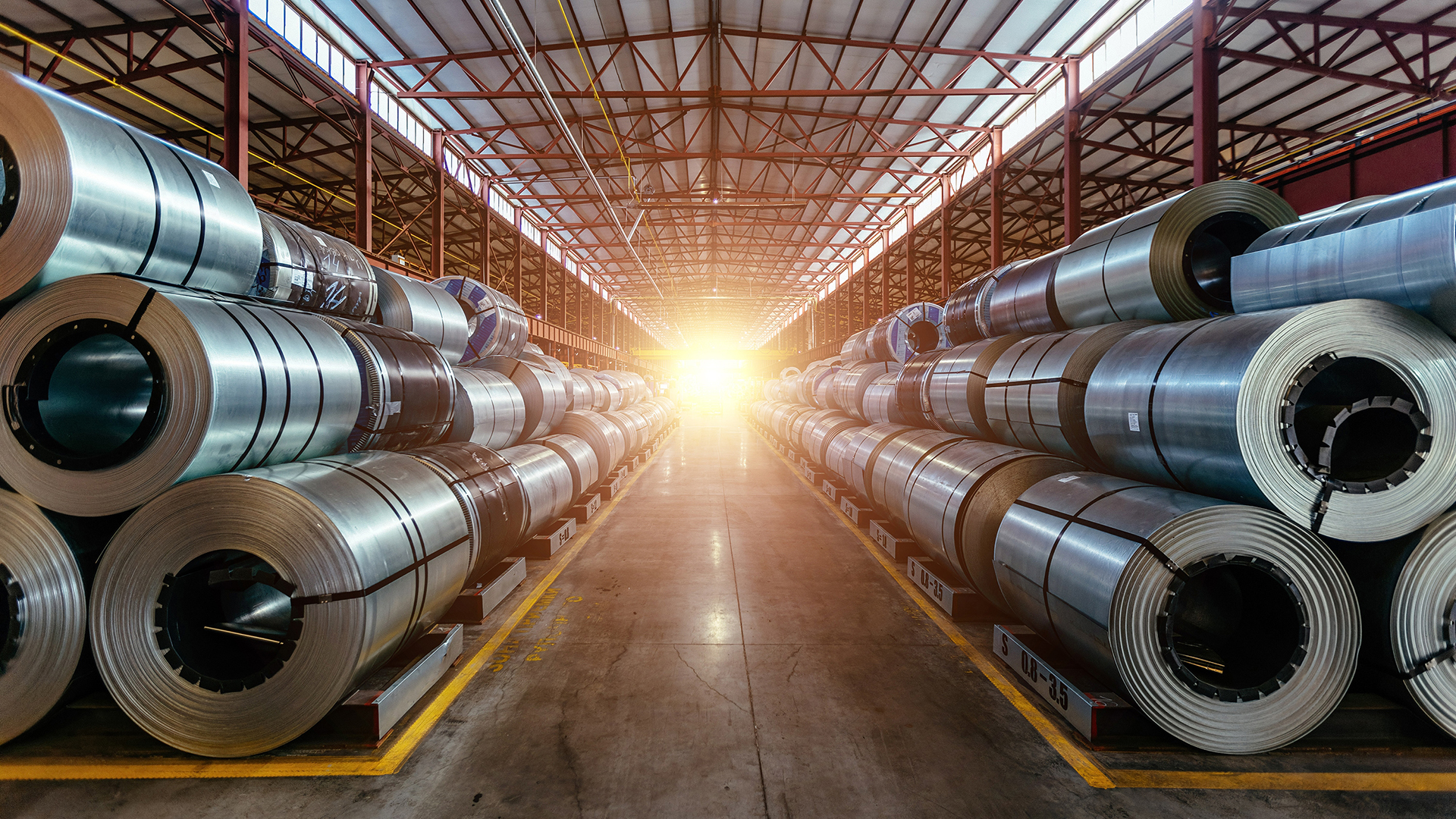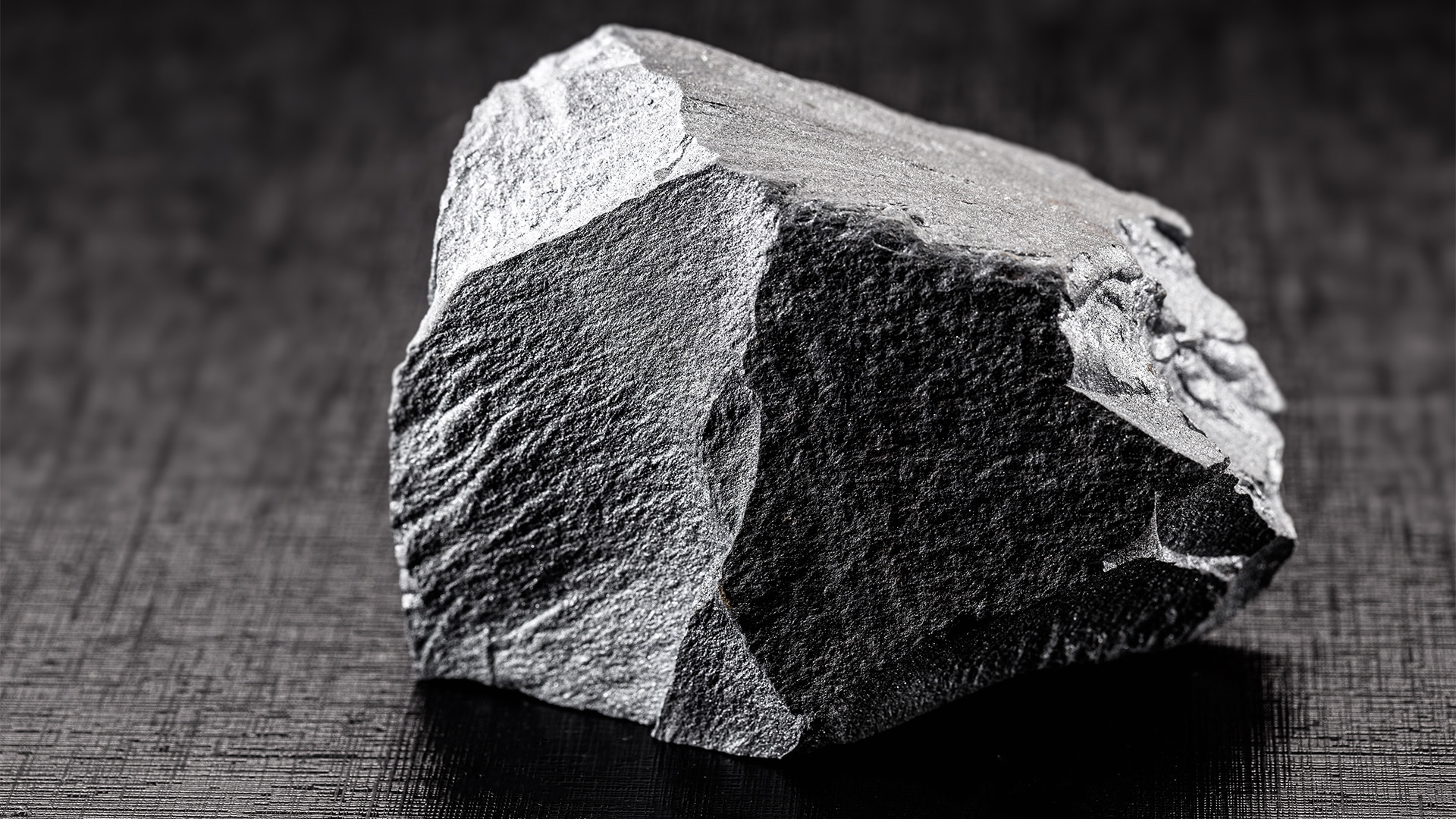Iron ore prices continued to weaken Thursday after news on Chinese commodity websites that the government would re-introduce controls on crude steel production over the remainder of 2024.
Even though the move has been much discussed, the move isn’t seen as being aimed at reducing pollution levels, more at trying to haul back supply to meet the weak levels of demand for steel.
For the government to make the decision and publicise it tells us that the situation is far more worrying than a couple of years ago when the limits were imposed in direct to company communications.
It is in effect a government move to support last week’s plea from the China Iron and Steel Association to steel companies to try and adjust output to match demand and bring forward maintenance and other moves to curb production.
This came after some major Chinese steel rebar producers (used in housing and construction) called on authorities to restrict steel bar output amid falling profit margins and losses linked to ongoing weakness in China's property and infrastructure sectors.
It also follows moves by China’s copper processing industry – the world’s largest – to cut production and bring forward plant maintenance because of a shortage of copper concentrates (die to a big mine closure in Panama and several hundred thousand tonnes of lost production from other producers led by Anglo American).
It is the strongest sign yet that for all the signs of a recovery in the health of the economy in March (with stronger activity levels), demand remains weak for key materials thanks to the property crisis.
The NDRC news saw Singapore iron ore prices trading around $US98 a tonne just after Thursday’s opening, down from $US99.50 a tonne at Wednesday’s close.
A statement late on Wednesday night from China’s National Development and Reform Commission (NDRC) confirmed the controls for a 4th year – even though they were not applied in 2023, allowing crude steel output to rise well above a billion tonnes for another year.
The report said the NDRC, working with the Ministry of Industry and Information Technology, the Ministry of Ecology and Environment, the Ministry of Emergency Management, and the National Bureau of Statistics will co-operate this year to control the country's crude steel production.
The Commission said the departments would work on promoting the development of the steel industry with a focus on energy conservation and carbon reduction, and would collect information from steelmakers nationwide on equipment.
The government introduced controls calling for zero output growth in its steel sector in 2021 and 2022 to limit carbon emissions from one of its most polluting industries.
That caused output to drop 3% year-on-year in 2021 and 1.7% year-on-year in 2022, contributing to lower imports of key steelmaking ingredient iron ore and lower consumption of coking coal, especially lower grade material.
Although it made no publicly available statement on a cap in 2023, China's crude steel output was flat from a year earlier at approximately 1.02 billion metric tonnes. After being up 1.3% at the end of June, production in the back half of last year slowed as demand weakened, especially from property.
So far there’s no target for steel production this year, though output in January and February at 168 million tonnes was up 1.6% on a year earlier.
But demand has definitely weakened, especially after the Lunary New Year break in February – that in turn has seen a surge in iron ore stocks at China’s 45 major ports which topped 144 million tonnes last week, the highest for two years.
But the real story from China’s huge steel industry is the continuing surge in exports by mills unable to sell all the product they are producing domestically. These exports are like an outlet valve which at the moment is running open to allow steel mills to produce as much metal as they can to protect margins and keep utilisation rates high.
China exported around 90 million tonnes of steel in 2023, equal to around a month’s average crude steel production. For January and February this year, crude steel exports jumped by nearly a third.














